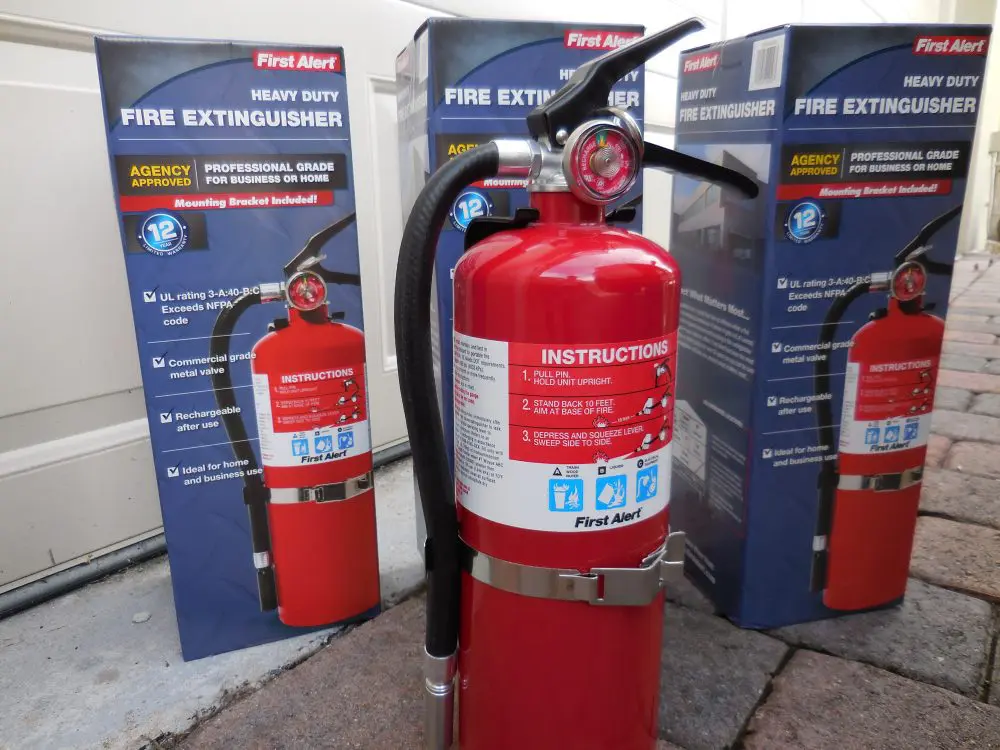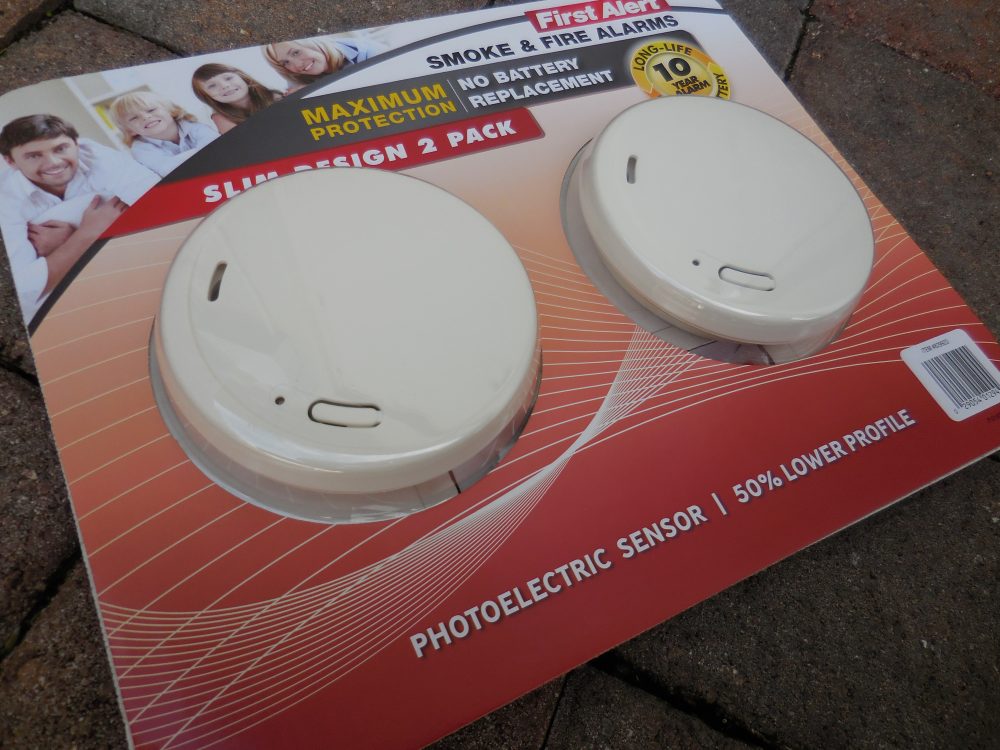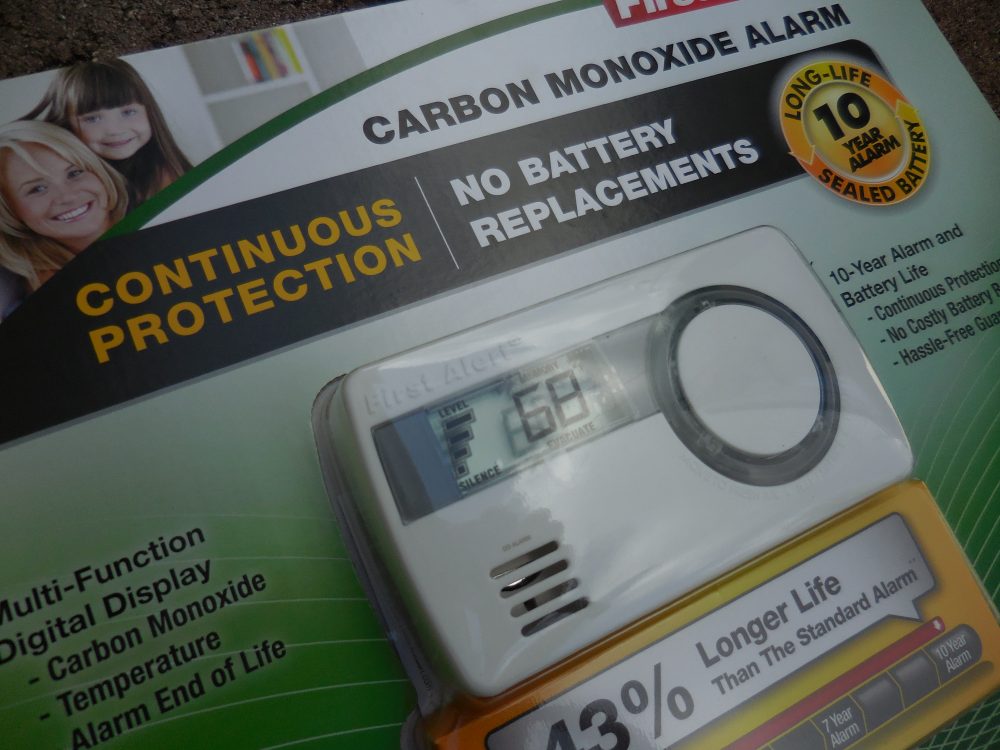It may happen while you’re asleep, cooking dinner, taking a shower or surfing the internet—in fact, it can happen when you’re doing just about anything around the house. First you notice a faint smell of burning, but within seconds you can see smoke. Your house is on fire and you only have minutes to act.
Even before your brain has time to process the sensory information, your pulse is racing and you fly into action. But what exactly will you do? Do you have a plan? If so, are other members of your household on the same page? When the moment comes, will they know what to do and how to do it? Or will you have a house full of hysterical people running in circles?
Candles are pretty, some of them smell very nice, and nothing says romance like a candlelit dinner. But unattended candles can be very dangerous.
Fire is one of the most common personal disasters we are likely to experience here in the U.S. In 2014, the Red Cross helped more people affected by home fires in the states of Iowa and Wisconsin than all other disasters combined.
It’s ironic that so many of us have elaborate plans and preparations for every conceivable disaster from an Electro Magnetic Pulse (EMP) to aliens landing on Main Street, but we rarely think about the possibility that something as common as a house fire may be what does us in.
Not to diminish the importance of other disasters, but if this scenario occurred on your watch, would you be prepared? There are steps we can all take right now to ensure the answer to this question is a resounding “yes.”
Smoke detectors are inexpensive, easy to obtain and install, and come in all shapes and sizes. Some newer models feature long-life batteries that don’t need to be changed for up to ten years.
Table of Contents
FIRE
Humans have used fire for a very long time. In 2012, researchers found evidence of the controlled use of fire in a cave near the Kalahari Desert in Africa. The ash and charred bone remains found in that cave are thought to date back over one million years.
These findings suggest that our human ancestors were using controlled fire over 300,000 years earlier than anyone has originally thought. The exact date humans began using fire is unknown, but one thing is certain—fire is vital to our survival, even today. When properly controlled and managed, fire is one of our best friends. But turn your back on it for an instant and it can take everything from you, including your life.
According to the U.S. Fire Administration (USFA), an entity of the U.S. Department of Homeland Security’s Federal Emergency Management Agency (FEMA), fire kills over 3,000 and injures over 16,000 people each year. Direct property losses due to fire exceed $11 billion each year. With some basic planning, preparations and fire prevention activities, many fire-related deaths can be prevented.
Maintain fire extinguishers on every level of your home and inspect them twice a year.
BASIC FIRE PLANNING AND PREPARATION
According to the National Safety Council, if you find yourself in a burning house, you are more likely to die from smoke inhalation than burns. You have approximately three minutes to exit a burning structure before you will be overcome by the smoke and die.
This confirms what many of us already knew—during a fire, time is of the essence. The keys to surviving a house fire are advance warning, planning, taking preventive measures, and acting fast.
A strong axe and sturdy demolition tools come in handy when a door, window or other structure needs some persuading. Keep at least one of these tools near each fire extinguisher.
Here are some tips and ideas to help you prepare:
Install and test smoke detectors. Smoke alarms provide early warning and cut your chances of dying in a house fire by 50%. Install quality smoke detectors on every level of your home, inside bedrooms and sleeping areas. Check all smoke detectors monthly.
Protect against carbon monoxide (CO) poisoning. A CO detector sounds a loud alarm in the presence of CO. Since CO is odorless, tasteless and colorless, it is often referred to as the “silent killer.” A CO detector provides early warning to get you and yours to safety.
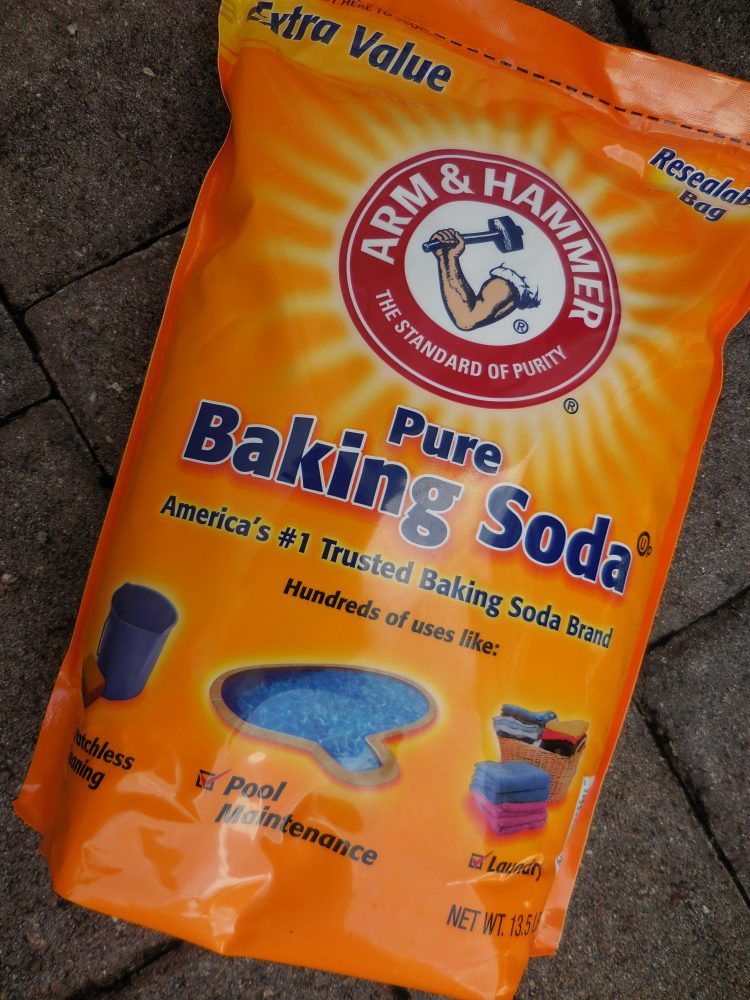
Know the way out. Have a family escape plan for getting out quickly and safely. A viable fire escape plan has various possible paths to safety. Draw a map of your home showing all possible exit routes. Make sure all family members are familiar with the exits and how to get to them quickly. Practice at least twice a year.
Clear the way. Once you have identified all possible exits, keep those paths clear, uncluttered, and easy to navigate. Smoke from a fire can affect your ability to see and breathe. A blocked exit forces you to waste valuable time trying to clear the obstruction—time that you may not have.
Make sure all exit doors and windows open freely. Doors or windows with security bars must have a fully functional quick-release mechanism. Those that are not opened regularly may be stuck, or shut closed by layers of paint. Fix all deficiencies.
Evacuation and self-rescue gear. Sometimes the path out is blocked and you’re forced to create your own way out. Having effective evacuation and self-rescue tools, and knowing how to use them, may help save your life. A good axe, crowbar, or demolition-style hammer make quick work of most doors, windows, or sheetrock walls.
Keep these tools accessible. Put a few pieces of reflective tape on the handles to make them easier to locate in a dark room. High-lumen LED flashlights have become extremely affordable in recent years. Give all family members flashlights to keep close to their beds and anywhere else an emergency light may be needed.
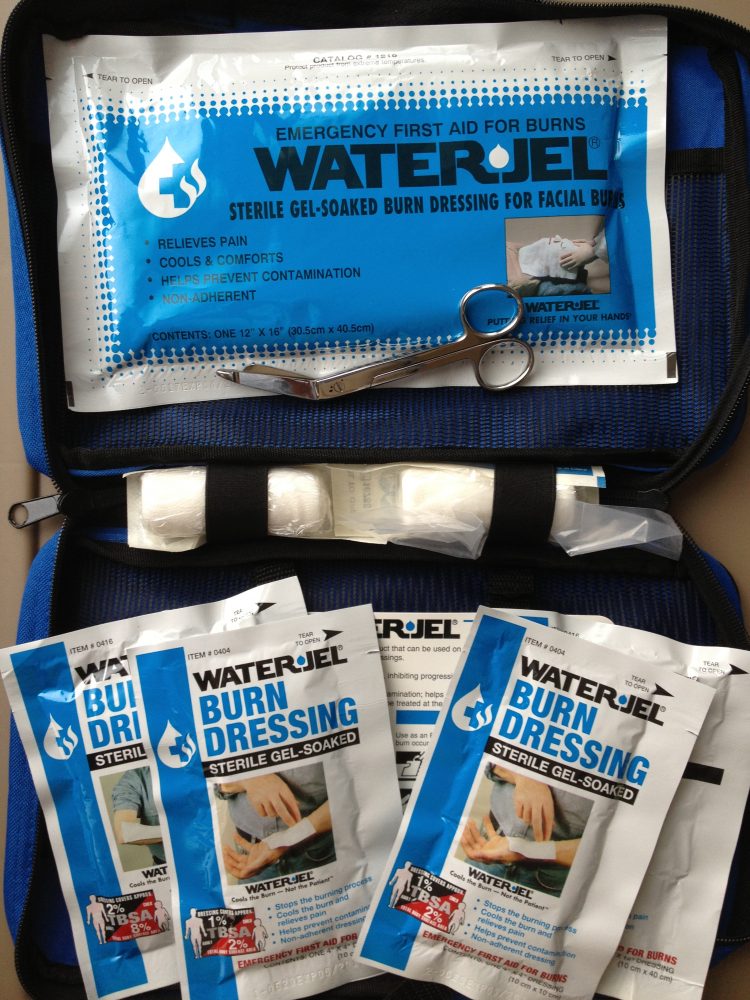
Fire extinguishers. Keep these on every level of your home, know how to use them, and inspect each unit every six months. A fire extinguisher is only effective if you can get your hands on it and use it quickly, so position all extinguishers for easy access, and make sure all family members know where they are located. Heavy-duty, multi-purpose ABC-rated fire extinguishers are best for fighting most common house fires.
Baking soda makes a good fire extinguisher of last resort. It will help put out a small grease fire but does not work well with large fires.
Lastly, fire extinguishers can be very effective for combating small fires, but don’t waste time fighting a larger fire. Use that precious time to get yourself and your family to safety, then call 911.
Take preventive measures. Check your home for fire hazards. Eliminate or reduce any flammable materials. Keep curtains, furniture, and other flammables away from portable heaters, appliances, and fireplaces. Never store flammable liquids near ignition sources or in unapproved containers. Keep these items outdoors in a well-ventilated area.
BUG-OUT BAG
If you are forced to leave your home in a very big hurry and only have time to grab one thing, it should be a well-stocked bug-out bag (BUG-OUT BAG 101, May 2015 S.W.A.T.). Every family member should have one.
You may have to leave your dwelling in the middle of the night with nothing more than the pajamas on your back, so plan accordingly. Your bug-out bag (BOB) should include enough clothes, shoes, food, water, self-defense tools, first aid, and medications to get you through the first 72 hours after a disaster, plus copies of important legal and financial documents and spare sets of keys for your vehicles. The full contents of a BOB depend on the owner’s circumstances, time of year, and area of the country where you live.
Complete books have been written about BOBs—it’s well worth your time to explore this topic further.
Battery-operated carbon monoxide detectors have come a long way since their introduction in 1993. Newer models come with batteries guaranteed to last for up to 10 years and can be bought for under $25. Can you afford not to have one?
WRAP-UP
When you least expect it, you may be faced with a devastating fire in your home or place of business. Common-sense planning, precautions and preparations will afford you and your family the best possible chances of surviving. There are no guarantees for any of us, but the prepared always have an advantage over the unprepared.
Richard is the author of Surviving an Urban Disaster: A Quick Start Guide and Surviving Doomsday: A Guide for Surviving an Urban Disaster. He’s a practicing attorney and a survival and firearms enthusiast who currently teaches and consults in the areas of urban survival planning and preparation. For the latest preparedness news and updates, connect with Richard on www.quickstartsurvival.com.
